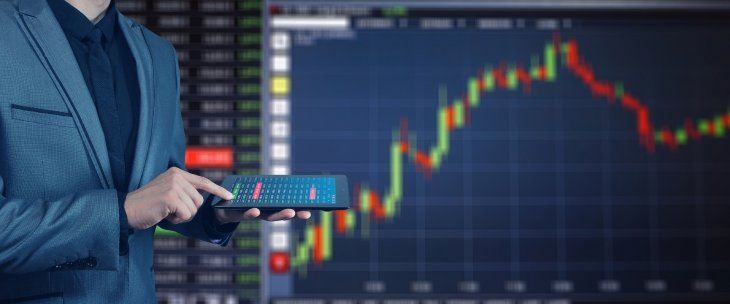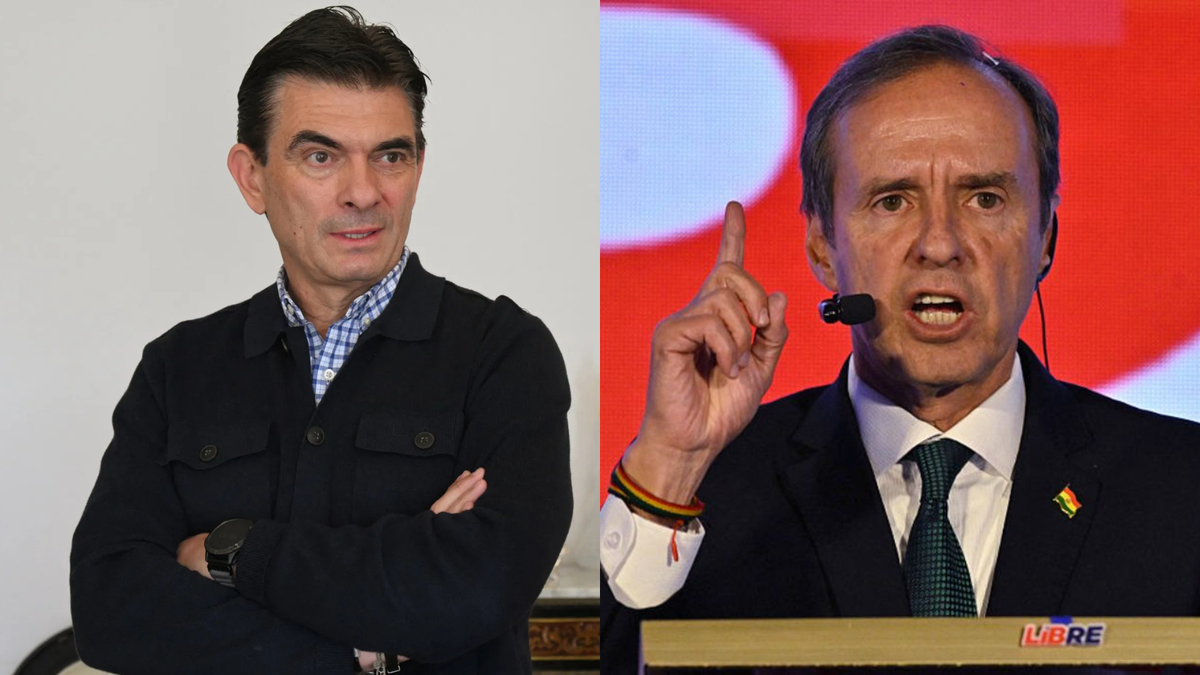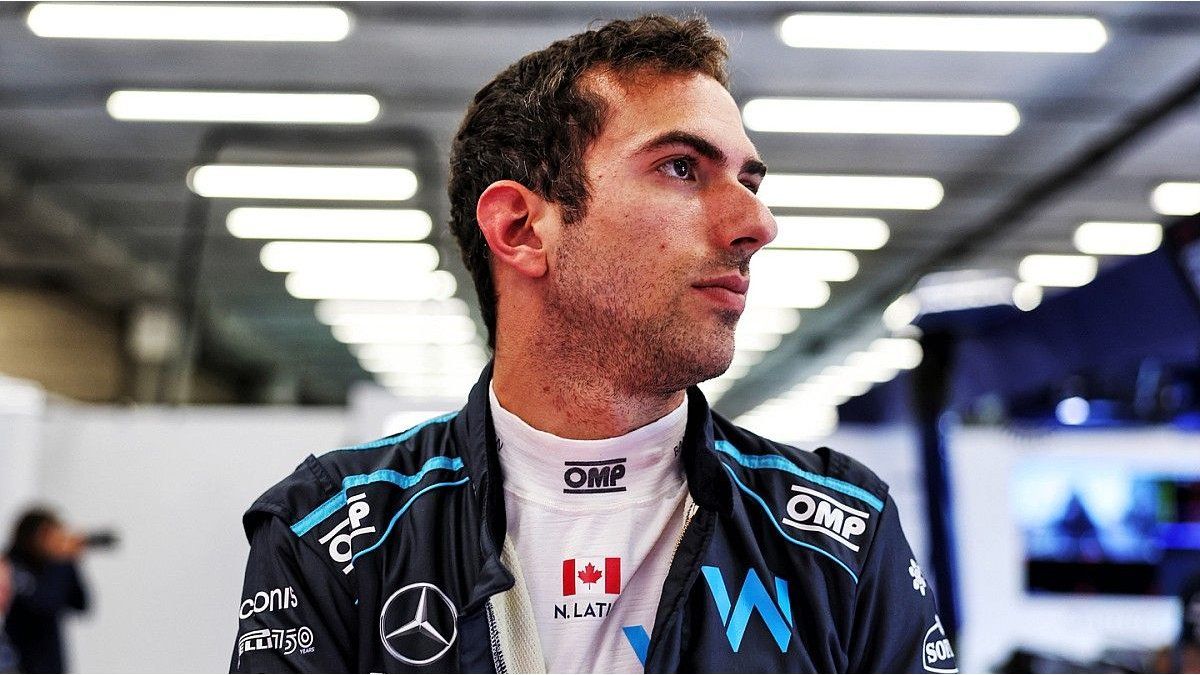The risk ofThe global economy enters recession this year is high, according to most economists surveyed by Reutersin a survey where many pointed out that the tariffs imposed by the president of the United States, Donald Trump, have damaged business confidence.
Just three months ago, the same group of economists – which covers almost 50 economies – provided that the world economy would grow at a strong and sustained pace. This is the survey you do Reuters and of which the result was known on Monday.
However, Trump’s impulse for remodeling world trade by imposing tariffs on all US imports generated shock waves in financial markets, erasing billions of dollars in a sharing market value, and has shaken the confidence of investors in US assets, including the dollar, as a safe refuge.
MARKET WAR TARIFELES
Global tension for tariffs.
Depositphotos
Although Trump temporarily suspended the heaviest tariffs imposed on almost all commercial partners, a 10% general tariff is still in force, as well as a 145% tariff on imports from China, the main US commercial partner.
“It is already quite difficult for companies planning for July without knowing what reciprocal tariffs will be. Imagine planning for a year, or worse, within five years. It is impossible to know what the panorama will be like,” said James Rossiter, head of Macro Global Strategy of TD Securities.
Given the growing uncertainties and tariffs on goods at record levels, many global companies have withdraw or cut their income forecasts.
Market projections
In a sample of unusual unanimity, none of the more than 300 economists surveyed between April 1 and 28 said that tariffs have had a positive impact on business confidence: 92% considered that it was “negative”, and only 8% responded “neutral”, mainly from India and other emerging economies.
Three quarters of economists reduced their global growth forecast by 2025, carrying the median to 2.7% from 3.0% recorded in the January survey. The International Monetary Fund (IMF) provides for barely higher growth, of 2.8%.
Individual forecasts also showed the same trend: projections were cut for 28 of the 48 economies surveyed. In 10 economies the vision remained unchanged, and in another 10 – including Argentina and Spain – it was slightly improved, mainly for domestic developments.
China and Russia are expected to grow 4.5% and 1.7%, respectively, surpassing the US. These forecasts remain unchanged with respect to the previous quarter.
However, growth projections for Mexico and Canada were reviewed downward compared to January, falling to 0.2% and 1.2%, respectively. Most of these revisions were made in the last month.
The panorama for 2026 was almost identical, which suggests that the bearish trend in the growth expectations initiated after the imposition of tariffs by Trump is deep and difficult to reverse.
Asked about the risk of a global recession this year, 60% —101 of 167 economists – replied that it was high or very high. Sixty -six said it was low, including four that considered it very low. “It is a very difficult environment to be optimistic about growth,” said Timothy Graf, head of Macro Strategy for Europe, the Middle East and Africa in State Street.
Stock-Exchange-3087396_1920.jpg

Uncertainty about international trade and the ability of central banks to control inflation without further curbing growth raises one of the greatest challenges.
Pixabay
“We could eliminate tariffs today and still would have already caused a lot of damage, simply from the perspective of the United States as a reliable actor in bilateral and multilateral agreements, from commerce to common defense.”
The progress that central banks had achieved in recent years to control the worst overall outbreak in decades – quickly containing interest rates – would also be affected by tariffs, which economists agree to point out as inflationary.
“Breaking relationships with your largest commercial partner … It will cause all kinds of chaotic and unhealthy effects on prices, which will have negative impacts on real income and, ultimately, on demand,” added Graf of State Street.
“It is a situation in which the possibility of entering an standing environment, although before it was low, is now higher.”
Standing is generally defined as a prolonged period of low or zero economic growth, high inflation and increased unemployment.
More than 65% —19 of the 29 main central banks surveyed – would not reach their inflation target this year. For next year, the number would drop slightly to 15.
Source: Ambito




